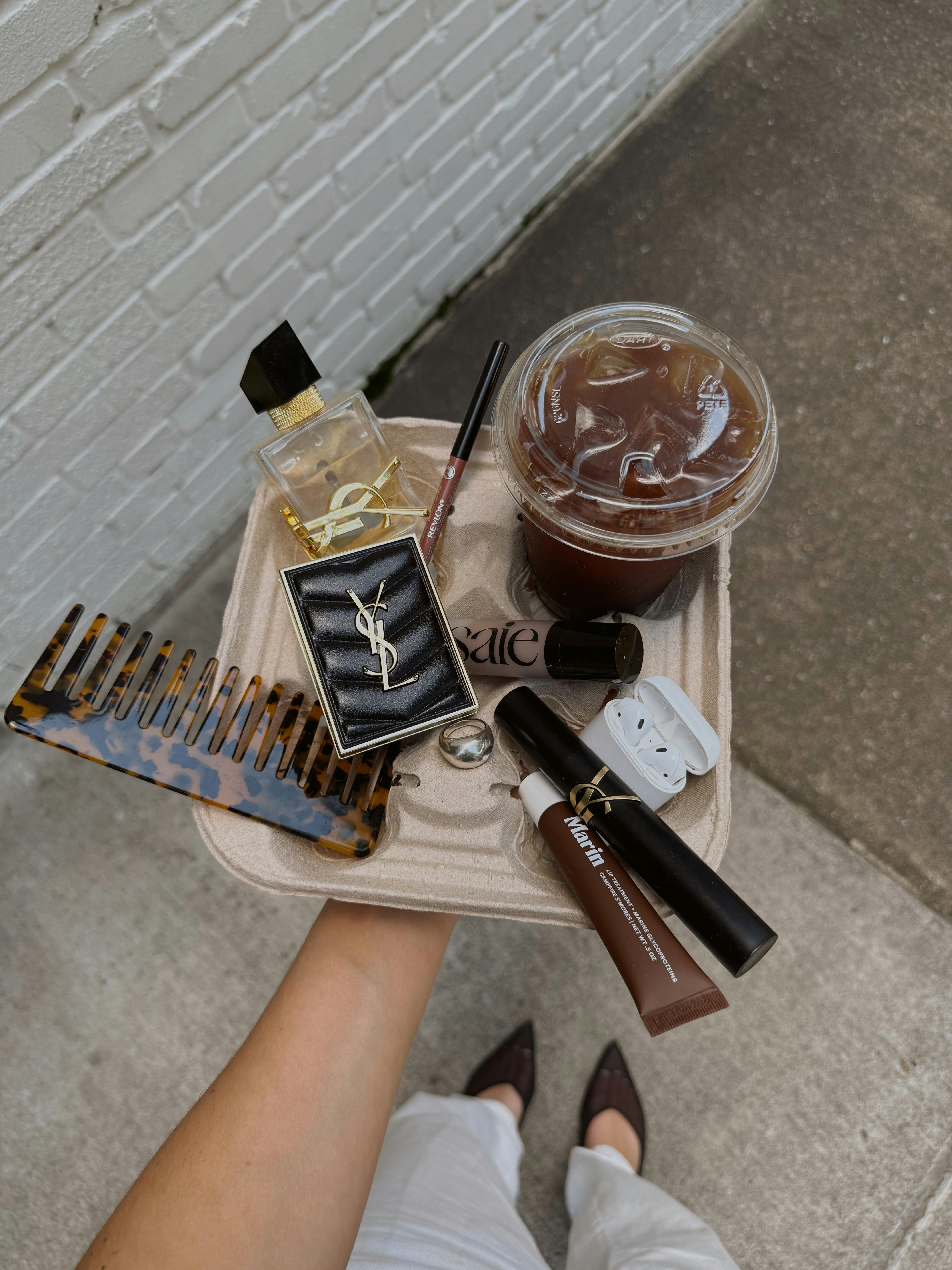The O-Word
Influencer Programs to Support Every Stage of the Customer Journey
BEAUTY OPINION
EXPERT OGAKI
TOPIC INFLUENCER MARKETING

Global spending on influencer advertising is projected to grow at an annual growth rate of 9.37%, increasing from roughly $33 billion in 2025 to $56 billion by 2029, according to Beauty Independent. We’re already seeing this trend take shape across the beauty landscape, not just in the rise of paid partnerships, but also in the expansion of creator commerce channels, greater investment in content creation, and rapidly scaling seeding programs.
With so many brands investing in influencer marketing, the space has become increasingly competitive - and many struggle to build programs that truly support their unique goals and objectives. At OGAKI, we develop full-funnel influencer strategies designed to guide consumers through every stage of the path to purchase. Below, we’ve outlined how we approach each stage, along with key recommendations to help you maximize impact.
AWARENESS
Awareness is about introducing your brand to new audiences and keeping it top of mind. This stage is critical for building recognition, trust, and long-term brand equity.
Programs
Large-Scale Seeding
Paid Partnerships for Impressions/Reach
Content Creation for Organic Social and DTC
Metrics
Estimated Media Value (EMV)
Impressions
Reach
Publication Rate
Number of Influencers/Posts
Key Considerations
Lean into trend-driven content formats (audios, beauty looks, content formats) to maximize impressions and spark discovery. This content doesn’t need to be about educating audiences on your brand - it’s about introducing your brand to a wider audience. THIS is a trend-driven example from T3 Micro and Natali Kim.
Ensure the influencers that you work with not only reflect your target audience but also reach them. Quality impressions matter more than sheer volume.
Don’t overlook micro-influencers. While macro and mid-tier influencers are valuable for growing impressions, micro-influencers can deliver highly targeted reach with niche audiences.
CONSIDERATION
Consideration is a step beyond awareness, when consumers are actively thinking about and evaluating your brand for potential purchase.
Programs
Targeted Seeding
Paid Partnerships for Engagements/Traffic
Content Creation for All Brand Channels
Metrics
Click-Through-Rate (CTR)
Bounce Rate
Engagements (Likes, Comments, Shares, Saves)
Quality of Engagements
Key Considerations
Create educational, results-driven content such as tutorials, how-to’s, and product demos. Highlight benefits and answer FAQs.
Utilize this educational content across your own channels—email, paid social, blogs—for extended impact.
Prioritize influencers with a proven ability to drive meaningful engagement and traffic, and consider longer-term partnerships to deepen trust with their audiences.
PURCHASE
This is the conversation stage, where prospects turn into customers.
Programs
Creator Commerce
Paid Partnerships for Conversion
Content Creation for Paid Social
Metrics
Gross Sales
Net Sales
Return On Ad Spend (ROAS)
Return On Investment (ROI)
Key Considerations
Don’t fall into common content misconceptions at this stage. Driving conversions isn’t necessarily about having influencers post beautiful, long-form video reviews. Sometimes it’s just a quick Instagram story of an ecomm product image with a product link that drives the biggest results.
The key here is in target development - working with influencers who regularly share shopping recommendations - and on focusing enough on the earlier stages of the customer journey to build the awareness and trust required to lead to purchase.
Integrate creator commerce platforms like TikTok Shop and ShopMy, offering affiliate commissions and discount codes to incentivize sales-driving content.
Utilize influencer content in paid campaigns to maximize ROI - like in the launch of Jillian Dempsey’s FLYK Trick Mascara, where we achieved a 4.1x ROI from paid media utilizing influencer content.
ADVOCACY
The customer journey doesn’t end at purchase. It extends into advocacy, where influencers can play a pivotal role in turning your customers into loyal brand advocates. Influencers act as community leaders, sparking conversations and building a sense of belonging around your brand. They help normalize behaviors like sharing product reviews, creating UGC, or recommending products to friends, encouraging your everyday customers to do the same. This advocacy drives new awareness, building a sustainable loop of influence, trust, loyalty, and growth.

